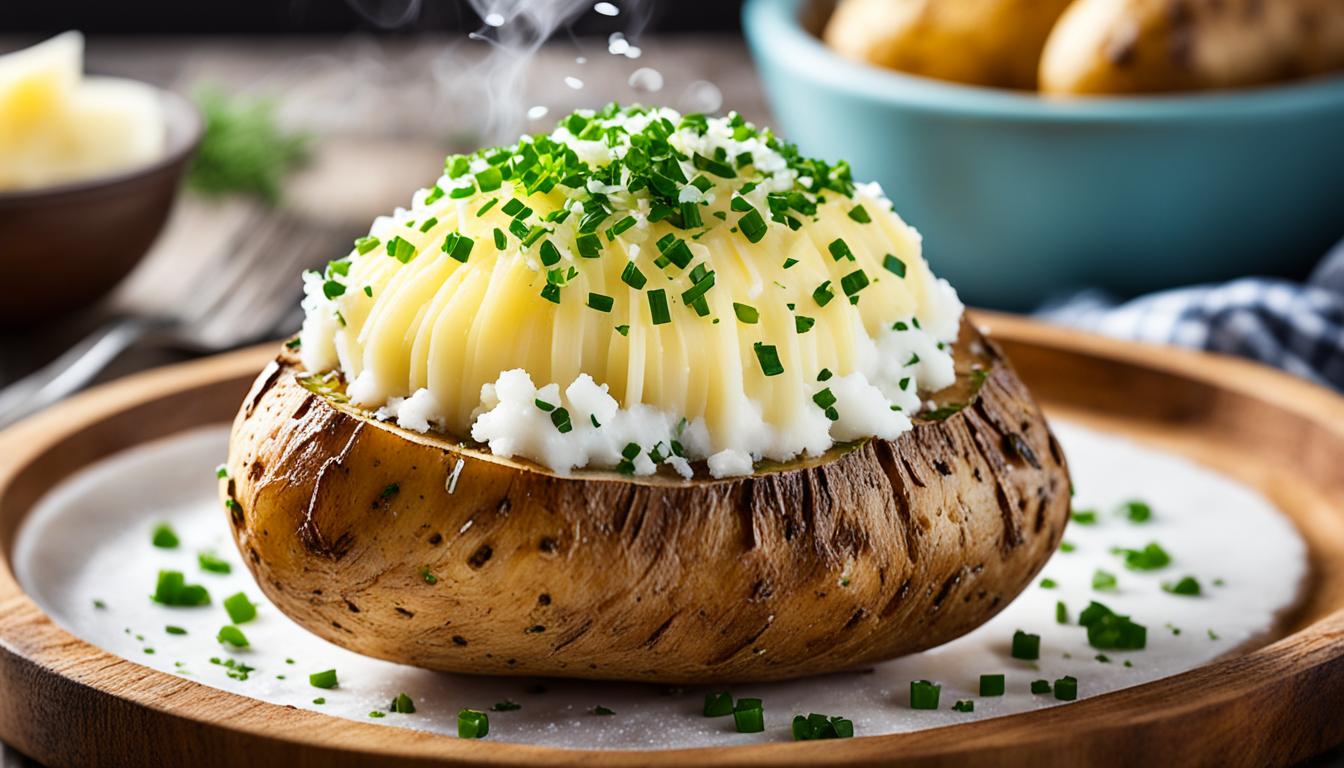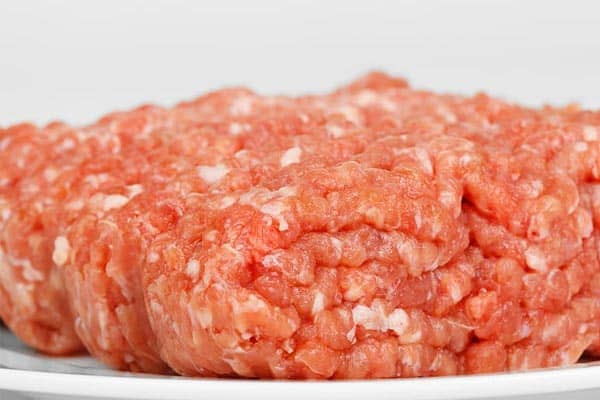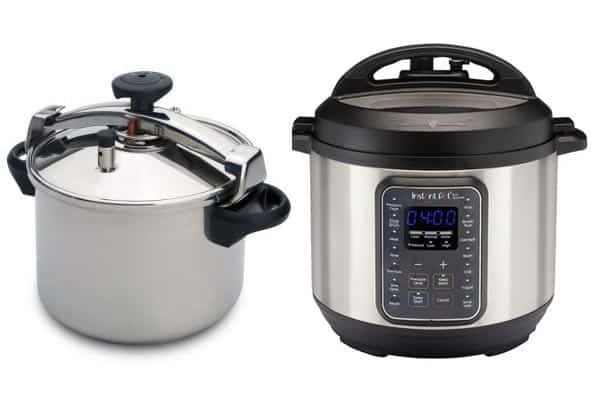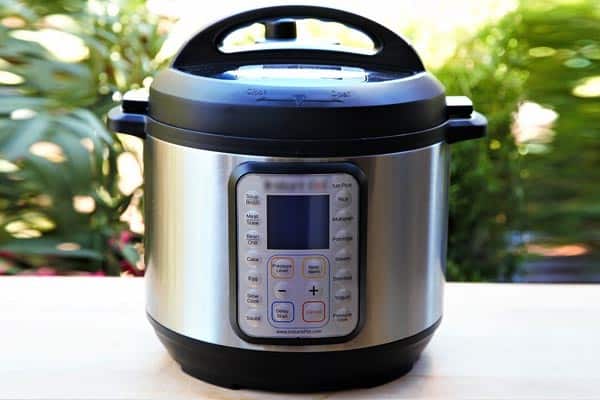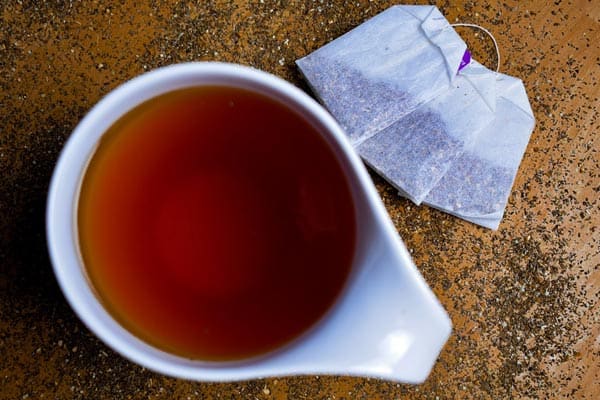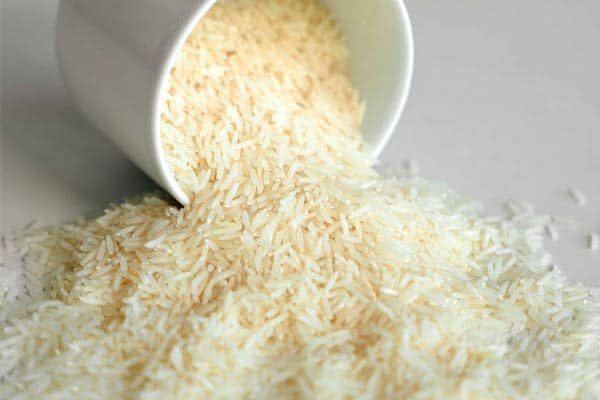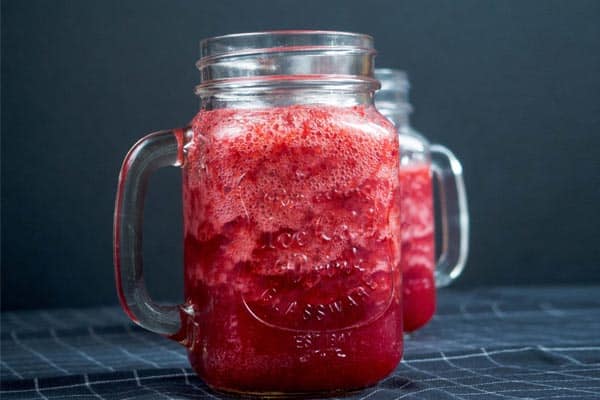How to Cook Baked Potatoes at 200-Degrees Fahrenheit: Easy Guide
Are you tired of the same old baked potatoes that lack that crispy and perfectly cooked texture? Have you ever wondered if there’s a better way to achieve the ultimate baked potato experience? Well, look no further because we have the answer for you!
Imagine sinking your teeth into a deliciously tender potato with crispy skin cooked to perfection at 200 degrees Fahrenheit. It may sound too good to be true, but trust us, it’s entirely possible!
This easy guide will walk you through the step-by-step process of cooking baked potatoes at a low temperature. Say goodbye to dry and undercooked potatoes, and say hello to the most mouthwatering and flavorful baked potatoes you’ve ever had!
So, are you ready to elevate your baked potato game and become a master in the kitchen? Let’s dive in and discover the secrets behind cooking baked potatoes at 200 degrees Fahrenheit!
Choosing the Right Potatoes for Oven-Baked Potatoes
Choosing the correct type of potatoes is key to achieving delicious oven-baked potatoes. Potatoes have varying starch content and textures, making them better suited for specific cooking methods. Regarding baking potatoes, two varieties stand out: russets and Idahos.
The Starch Factor: Russets and Idahos
Russet and Idaho potatoes are high-starch potatoes that are ideal for baking. When cooked, these varieties have a mealy texture, resulting in fluffy baked potatoes that are perfect for absorbing butter, toppings, and other flavors. Their high starch content also contributes to a crispy skin when baked at the right temperature.
Size and Weight Matters for Even Cooking
To ensure even cooking and consistent cooking time, choosing potatoes that are similar in size and weight is essential. Variations in size can result in some potatoes being undercooked or overcooked compared to others. Selecting potatoes of similar size will help ensure that all the potatoes are perfectly cooked and ready to enjoy.
Storage Tips: Extending Freshness
Proper potato storage is essential for extending their freshness and maintaining their quality. Store potatoes in a cool, dark place such as a pantry or cellar. Avoid storing potatoes next to onions, as onions can accelerate potato sprouting.
Prepping for Perfection: Washing and Poking Holes
Before baking, it’s essential to prep your potatoes properly. Start by thoroughly washing the potatoes to remove any dirt or debris. This ensures that you’re working with clean potatoes for your dishes.
Additionally, poking holes in the potatoes with a fork or knife is crucial. These holes allow steam to escape during baking, preventing messy accidents and ensuring perfectly cooked and fluffy baked potatoes.
Preparing Your Baked Potatoes for the Oven
Properly preparing potatoes for the oven is essential before enjoying delicious baked potatoes. Follow these step-by-step instructions to ensure your potatoes are perfectly cooked and flavorful.
1. Preheat the oven: Preheat your oven to the appropriate temperature. For baked potatoes, 400 degrees Fahrenheit is typically recommended.
2. Wash the potatoes: Thoroughly wash your potatoes under cool running water to remove dirt or debris.
3. Poking holes: Use a fork or a sharp knife to poke several holes into each potato. This helps release steam during cooking, preventing the potatoes from bursting.
4. Arrange on a wire rack or baking sheet: Place the prepared potatoes on a wire rack or baking sheet. This allows for even heat distribution and ensures that the potatoes cook evenly.
How to Cook Baked Potatoes at 200 Degrees Fahrenheit
The Art of Slow Cooking at Low Temperature
The key to achieving tender and fluffy baked potatoes is the art of slow cooking at a low temperature. Cooking baked potatoes at 200 degrees Fahrenheit allows the potatoes to cook evenly and thoroughly, resulting in a perfect texture.
Low-temperature cooking is beneficial because it gently cooks the potatoes, allowing them to retain their natural moisture and develop a soft, melt-in-your-mouth texture. This method also ensures that the potatoes are cooked throughout without the risk of burning the skin.
Monitoring for Optimal Fluffiness
When cooking baked potatoes at 200 degrees Fahrenheit, it’s essential to monitor the cooking time to ensure they are cooked to perfection. The cooking time can vary depending on the size of the potatoes, so it’s essential to keep an eye on them.
You can check the doneness of the potatoes by inserting a fork or an instant-read thermometer into the thickest part of the potato. The internal temperature should reach 205 degrees Fahrenheit for a fluffy and tender texture.
Remember that the potatoes will continue to cook slightly after removing them from the oven, so it’s better to undercook them rather than overcook them slightly.
Baked Potato Skin: To Crisp or Not to Crisp
One decision you’ll need to make when cooking baked potatoes at 200 degrees Fahrenheit is whether you want the potato skin crispy or soft.
If you prefer crispy potato skin, you can achieve it by roasting the potatoes at a higher temperature for the last 10-15 minutes of cooking. This will help the skin to crisp up and give a satisfying crunch with each bite.
On the other hand, if you prefer softer potato skin, you can skip roasting at a higher temperature. This will result in a softer and more tender skin that some people find more enjoyable to eat.
Ultimately, deciding whether to crisp the potato skin or leave it soft is a matter of personal preference. Experiment with both methods to discover which one you prefer and enjoy the perfect baked potatoes tailored to your liking.
Post-Cooking Steps for the Perfect Baked Potatoes
After cooking your delicious baked potatoes, a few post-cooking steps ensure they are served and stored correctly. These steps will help you achieve the perfect texture, maintain the ideal serving temperature, and store any leftovers for later enjoyment.
Resting the Baked Potatoes: Allow the baked potatoes to rest for a few minutes before serving. This resting period allows the potatoes to cool slightly and evenly distribute their internal heat, resulting in a more enjoyable dining experience.
Ideal Serving Temperature: Baked potatoes are best served hot. Aim to serve them immediately after resting when they are still warm. The ideal serving temperature for baked potatoes is around 155-160°F (68-71°C). This temperature ensures that the potatoes are enjoyable to eat without being too hot or cold.
Storing Leftovers: If you have leftover baked potatoes, it is essential to store them properly to maintain their freshness and flavor. Allow the baked potatoes to cool completely, then transfer them to an airtight container or wrap them tightly in aluminum foil. Store the leftovers in the refrigerator, where they can stay fresh for 2-3 days. Reheat the leftovers in the oven or microwave before eating to restore their deliciousness.
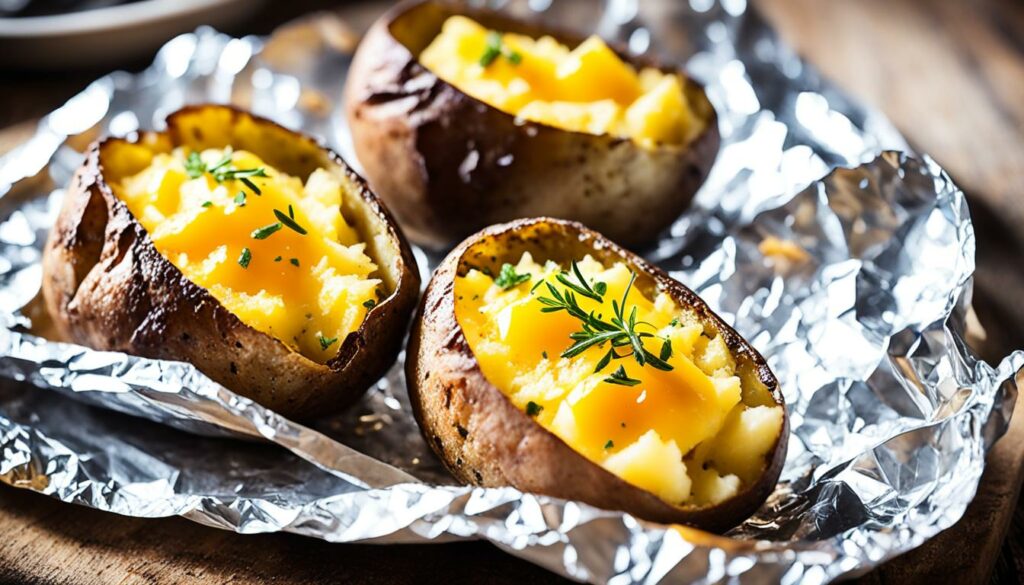
Seasonings and Toppings: Customizing Your Baked Potatoes
One of the great joys of baked potatoes is the ability to customize them with various seasonings and toppings. Whether you prefer classic flavors or indulgent add-ons, there’s a topping combination to suit every taste. Let’s explore some delicious options to elevate your baked potato experience:
Classic Butter, Salt, and Pepper
The simplicity of butter, salt, and pepper is a timeless combination that enhances the natural flavors of baked potatoes. Spread a generous pat of butter over the fluffy insides of the potato and sprinkle with salt and freshly ground pepper to taste. These traditional toppings offer a familiar and comforting flavor profile.
Sour Cream and Chives for a Touch of Tang
If you want to add a tangy element to your baked potato, try topping it with a dollop of sour cream and a sprinkle of fresh chives. The creamy texture of the sour cream complements the fluffy potato flesh, while the chives add a fresh and fragrant taste. This combination is a perfect balance of tanginess and subtle onion-like flavors.
Cheese and Bacon for Indulgent Add-ons
For those seeking indulgence, cheese and bacon are the ultimate toppings for baked potatoes. Grate your favorite cheese, such as cheddar or mozzarella, over the potato, allowing it to melt and create a rich, gooey texture.
Crumble crispy bacon on top for added savory flavors and a touch of added richness. This combination is perfect for craving a satisfying and decadent treat.
Be creative and explore different combinations of seasonings and toppings to customize your baked potatoes to your liking. From the simplicity of butter, salt, and pepper to tangy toppings like sour cream and chives and indulgent add-ons like cheese and bacon, there’s no limit to the delicious flavors you can create.
Alternative Baked Potato Recipes and Cooking Methods
Looking to add some variety to your baked potato repertoire? Explore these alternative baked potato recipes and cooking methods for a creative twist on this classic dish. Whether you’re hosting a dinner party or simply seeking new ways to enjoy potatoes, these ideas will surely impress.
One delicious option is stuffed potatoes—hollow out baked potatoes with various savory fillings, such as cheese, bacon, and green onions. You can also experiment with vegetarian options such as spinach, feta, black beans, and corn. Topped with a dollop of sour cream, these stuffed potatoes make a satisfying and flavorful meal.
Loaded potatoes are the way to go if you’re in the mood for something hearty. Top your baked potatoes with all your favorite toppings, such as chili, cheese, sour cream, and chives. This customizable dish allows everyone to create their mouthwatering masterpiece.
For a more elegant presentation, try making Hasselback potatoes. Thinly slice your baked potatoes, careful not to cut them all through. Drizzle with melted butter and sprinkle with herbs and grated cheese. As the potatoes roast, the slices fan out, creating a visually stunning dish that is as delicious as it is impressive.
FAQ
Q: How do I choose the right potatoes for oven-baked potatoes?
A: The best potatoes for baking are russet potatoes and Idaho potatoes, which have a high starch content. When cooked, these potatoes have a mealy texture, allowing them to absorb butter and other flavors.
Q: Why is it essential to use similar sizes and weights for baking potatoes?
A: Using potatoes that are similar in size and weight ensures even cooking and consistent cooking times. Variations in size can result in unevenly cooked potatoes.
Q: How should I store potatoes to extend their freshness?
A: Potatoes should be stored in a cool, dark, and dry place. Storing them in these conditions helps prevent sprouting. It’s important to avoid storing potatoes next to onions, as they can cause the potatoes to sprout faster.
Q: What steps should I take to prep potatoes before baking?
A: Wash the potatoes thoroughly to remove dirt. Next, poke holes with a fork to release steam while baking and prevent messy accidents.
Q: What are the necessary steps to prepare baked potatoes for the oven?
A: Preheat the oven to 200 degrees Fahrenheit. Arrange the prepared potatoes on a wire rack or baking sheet.
Q: What is slow-cooking baked potatoes at a low temperature?
A: Slow-cooking baked potatoes at a low temperature yields a tender and fluffy texture. It is essential to monitor the cooking progress to ensure optimal fluffiness.
Q: How can I check if baked potatoes are done?
A: To test the potatoes’ internal temperature, use an instant-read thermometer or a fork. The ideal internal temperature is 210 degrees Fahrenheit.
Q: Should I keep the potato skin soft or achieve a crispy texture?
A: Keeping the potato skin soft is a matter of personal preference. If you prefer a crispy skin, you can roast the potatoes at a higher temperature for a bit longer.
Q: What should I do after cooking the baked potatoes?
A: After cooking, allow the baked potatoes to rest for a few minutes before serving. The ideal serving temperature is hot. Any leftovers can be stored in the refrigerator.
Q: What are the classic toppings for baked potatoes?
A: Classic toppings for baked potatoes include butter, salt, and pepper. These simple toppings enhance the natural flavors of the potatoes.
Q: What are some tangy toppings for baked potatoes?
A: Sour cream and chives add a tangy touch to baked potatoes. They provide a creamy texture and fresh flavors.
Q: What are some indulgent toppings for baked potatoes?
A: Cheese and bacon are popular indulgent toppings for baked potatoes. They add savory flavors and extra richness to the dish.
Q: Are there alternative recipes and cooking methods for baked potatoes?
A: Yes, there are many creative options for different potato dishes and variations of baked potatoes. Some examples include stuffed potatoes, loaded potatoes, and Hasselback potatoes.
